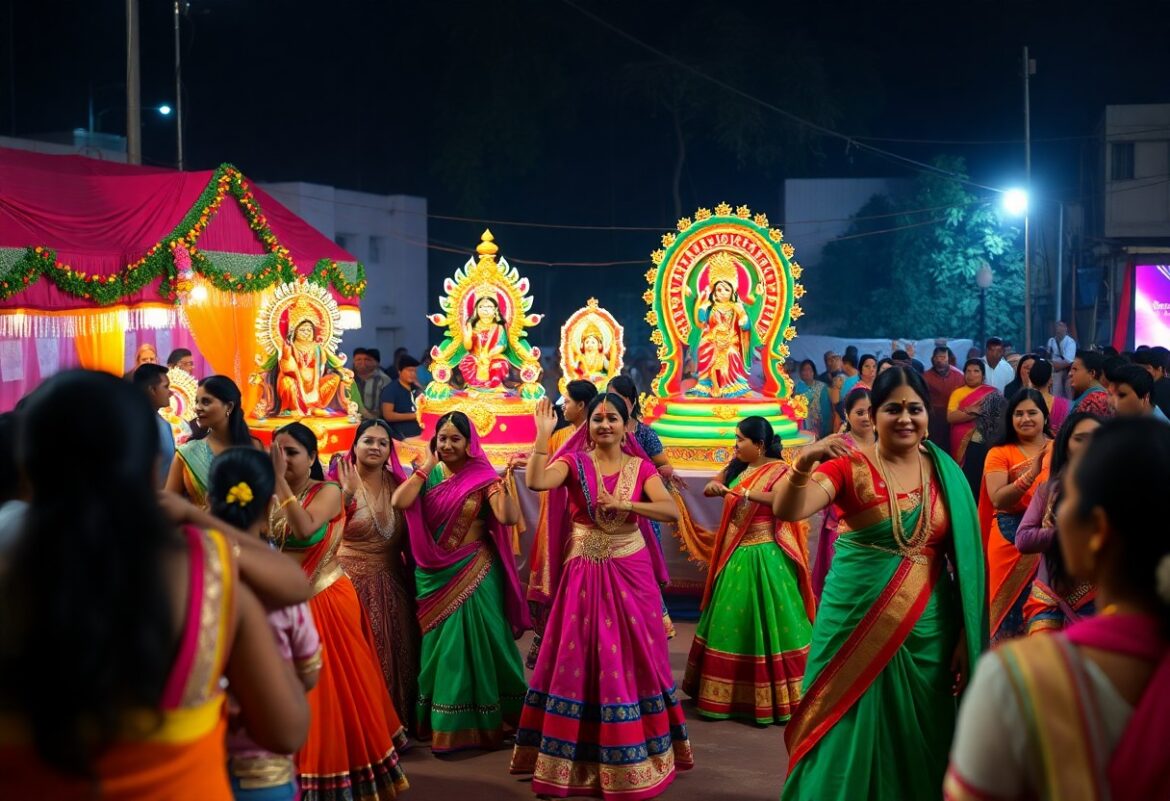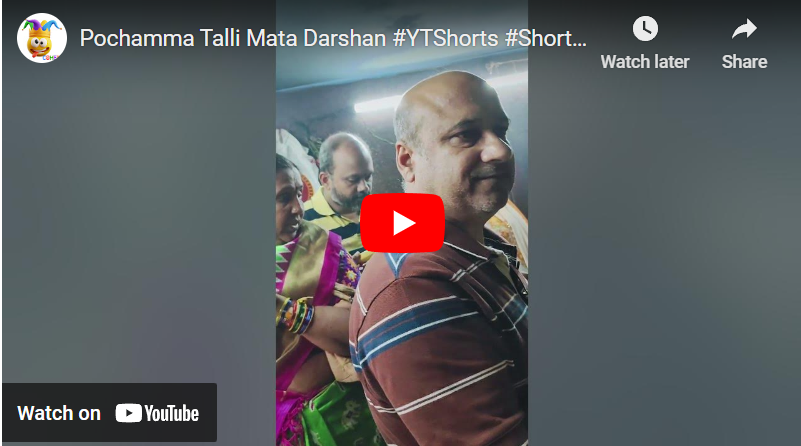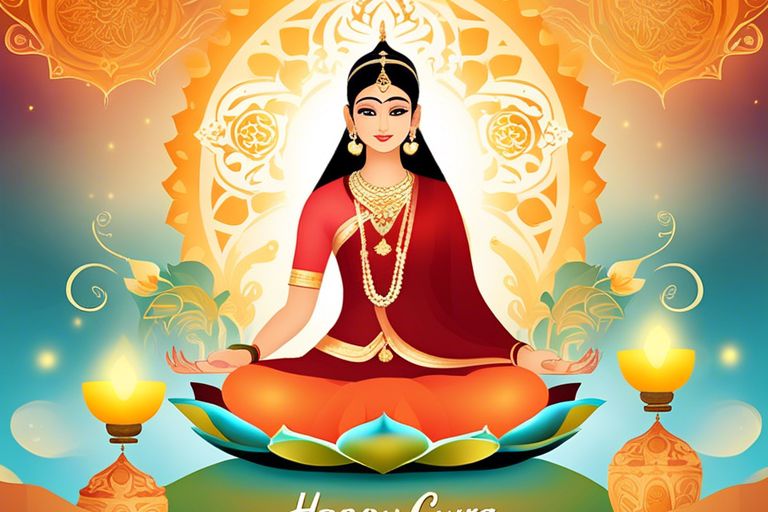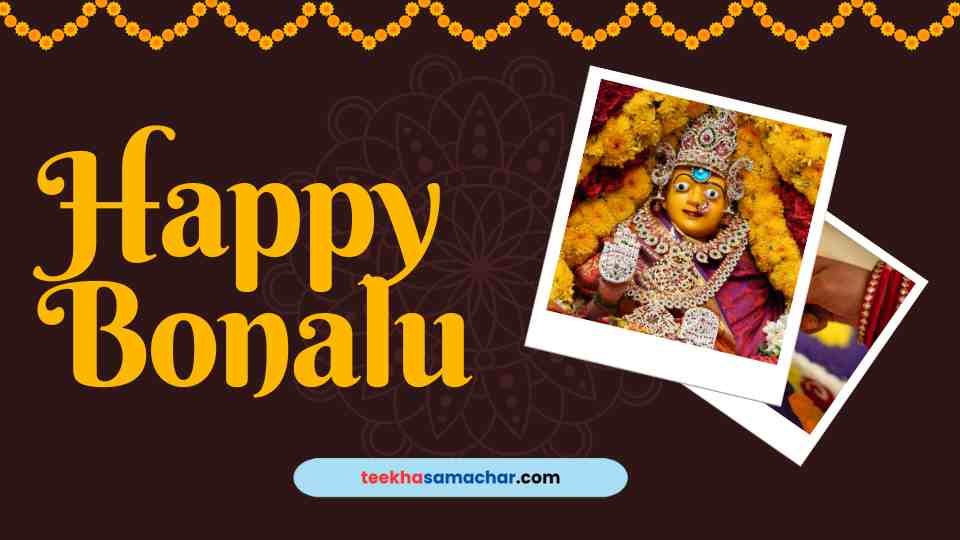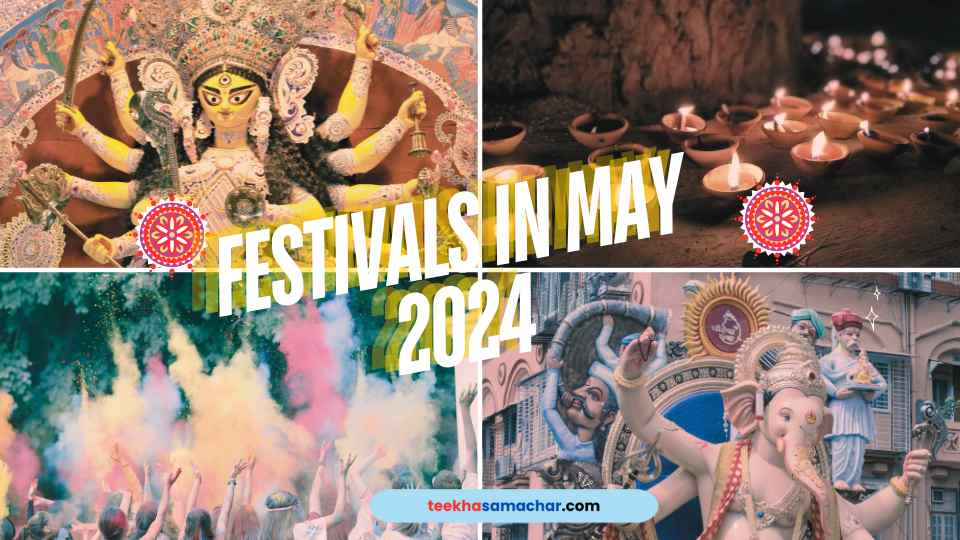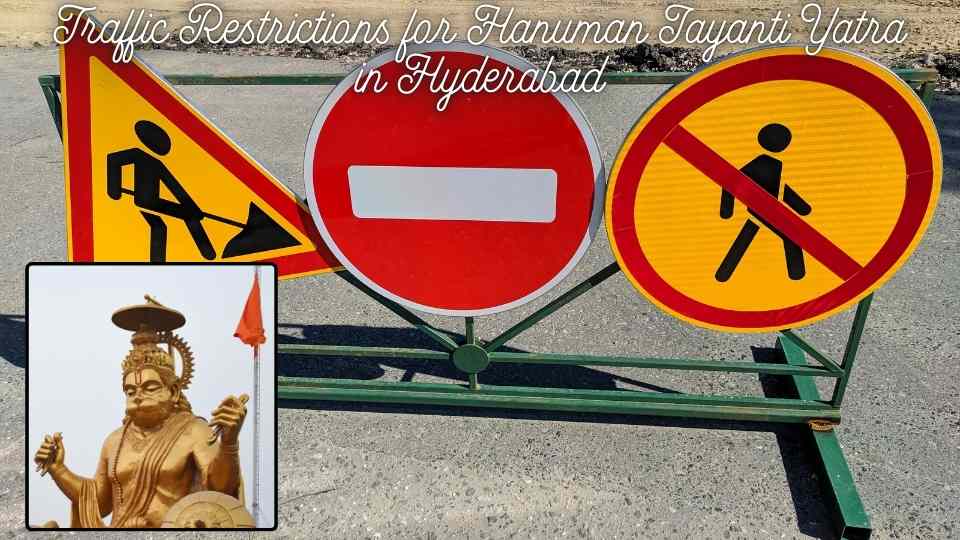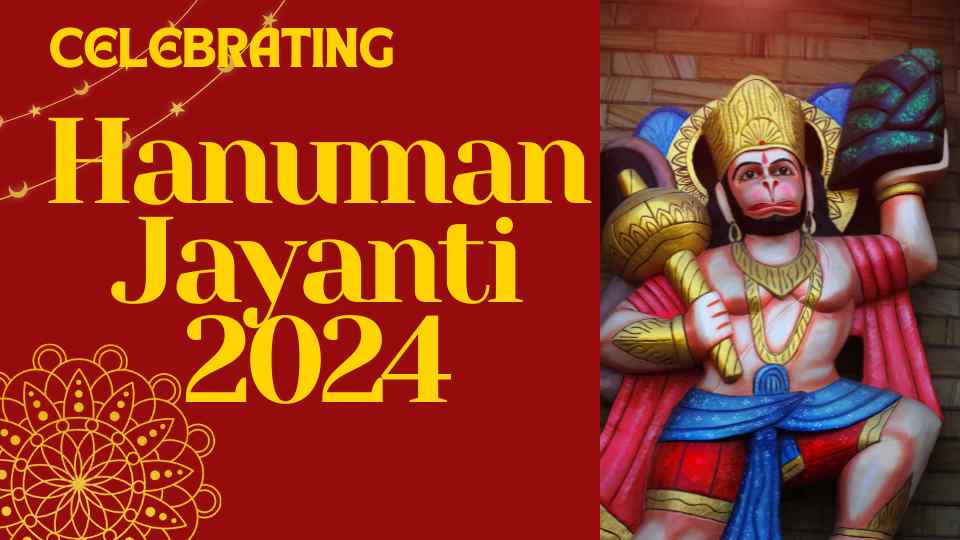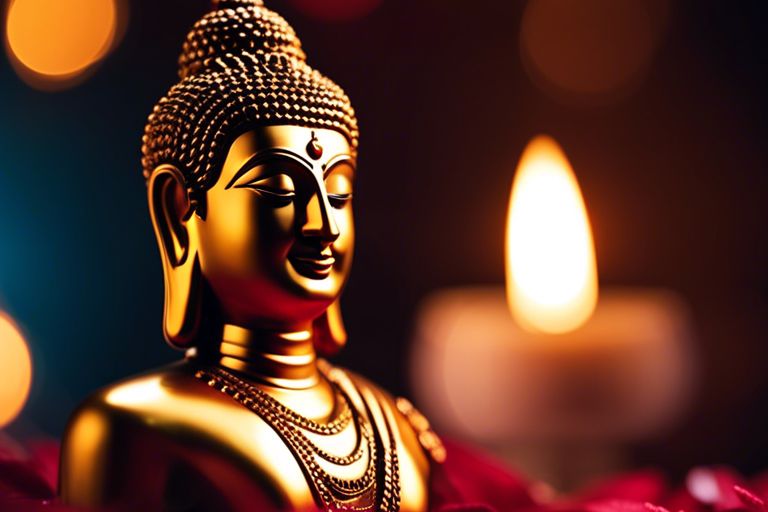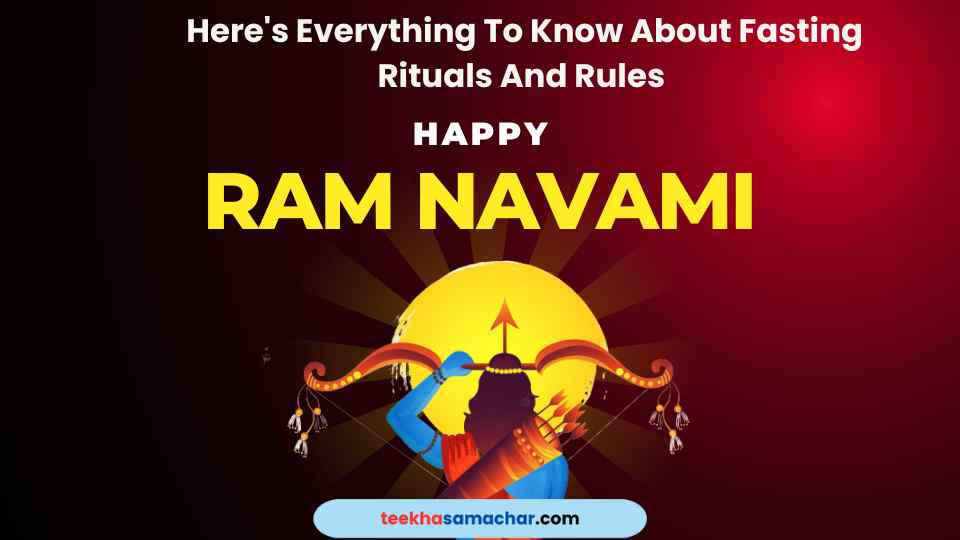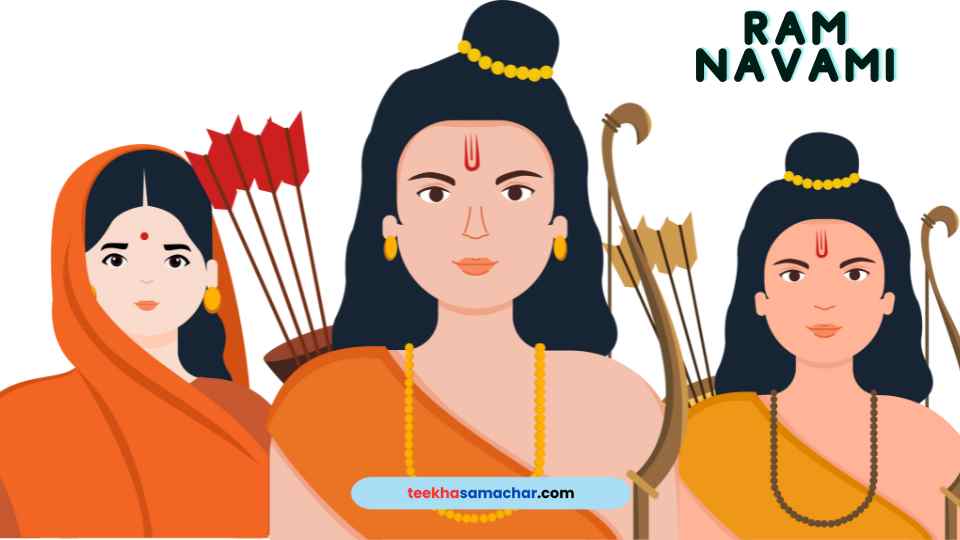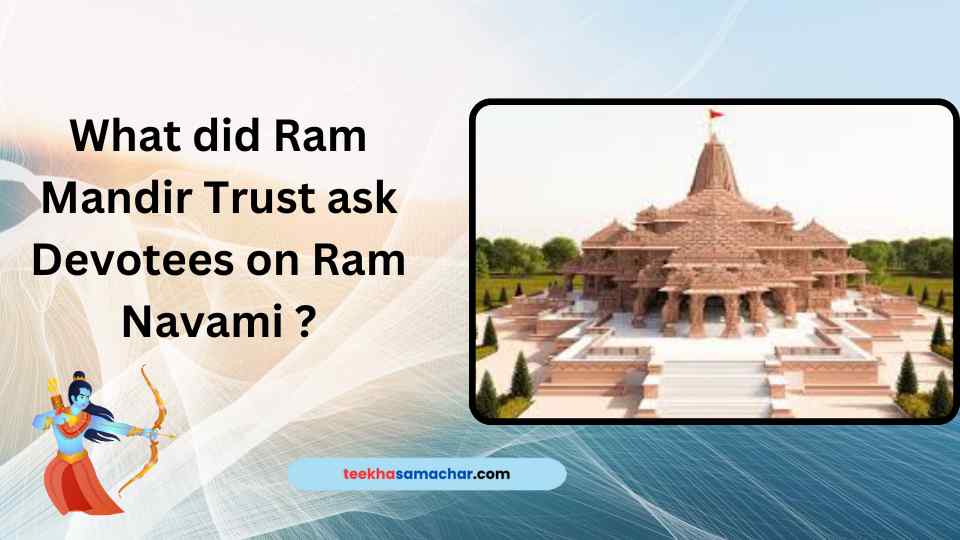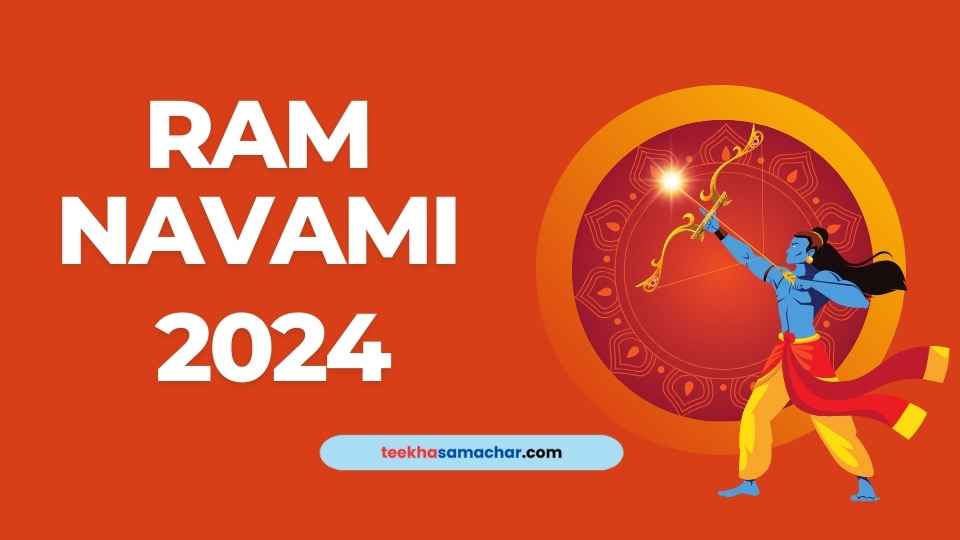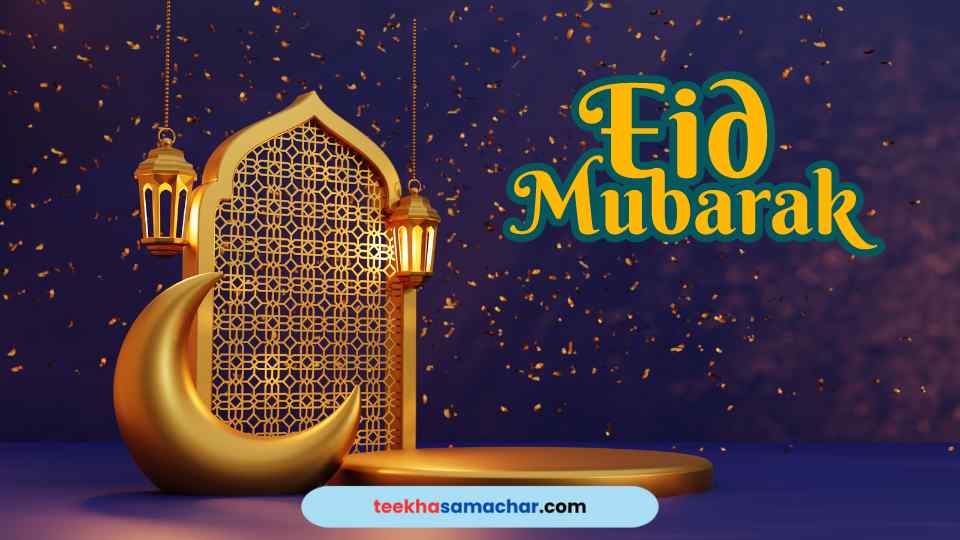Karwa Chauth celebration : Most of the vibrant traditions surrounding Karwa Chauth begin in the early hours where you engage in preparatory rituals that set
Category: Festival
Unleash the Festive Spirit – Navratri 2024 Starts Today with Vibrant Celebrations and Traditions!
Navratri 2024 : It’s a time when communities come alive with the vibrant colors and spirited rhythms of Navratri, a festival celebrated with immense devotion
Discover the Divine Presence and Blessings of Pochamma Talli: A Journey of Faith and Devotion
Pochamma Talli Blessings : Most devotees seek the divine presence and blessings of Pochamma, fondly known as Pocham Talli, the revered mother goddess who epitomizes
Happy Guru Purnima 2024 – Send These Heartfelt Wishes to Your Gurus for Prosperity and Blessings!
Happy Guru Purnima 2024 Wishes : Blessings flow abundantly on Guru Purnima, a day dedicated to honoring your cherished gurus. As you celebrate this meaningful
Happy Guru Purnima 2024 – Send These Heartfelt Wishes to Your Gurus for Prosperity and Blessings!
Guru Purnima : Blessings flow abundantly on Guru Purnima, a day dedicated to honoring your cherished gurus. As you celebrate this meaningful occasion on July
Hyderabad’s Bonalu Festival 2024 – CM Revanth Reddy Promises Unforgettable Celebrations!
Bonalu Festival 2024 : Prepare yourself for a wild and unforgettable experience at Hyderabad’s Bonalu Festival 2024! You, with the Chief Minister Revanth Reddy leading
The Jagannath Temple at Banjara Hills, Hyderabad: A Divine Replica of Puri’s Spiritual Splendor
Jagannath Temple Banjara Hills Hyderabad – stands as a testament to architectural brilliance and spiritual devotion. A meticulous replica of the renowned Jagannath Temple in
Akshaya Tritiya 2024: Muhurat, Significance & Auspicious Time for Buying Gold
Akshaya Tritiya 2024 : Celebrated on May 10 this year, Akshaya Tritiya is a significant festival in the Indian calendar. Also known as Akti or
Hindu Festivals in May 2024: Full List
Hindu Festivals in May 2024 : Most excitingly, the month of May in 2024 brings with it a plethora of Hindu festivals that are celebrated with
Navigating Traffic Restrictions for Hanuman Jayanti Yatra in Hyderabad
Hanuman Jayanti Hyderabad : Hyderabad City Traffic police have announced traffic restrictions in the city ahead of the Hanuman Jayanti procession scheduled for Tuesday. The
What you should do on Hanuman Jayanti? Know Here
Hanuman Jayanti is a significant Hindu festival that celebrates the birth of Lord Hanuman, the symbol of strength, devotion, and dedication. On April 23, 2024,
Unlock the Joy of Mahavir Jayanti 2024 – Exclusive Wishes, Stunning Images & Viral Messages to Share NOW!
Mahavir Jayanti 2024 : Over here, we are proud to present a comprehensive collection of wishes, images, status, messages, and greetings to help you celebrate
Ram Navami 2024: Here’s Everything To Know About Fasting Rituals And Rules
Ram Navami 2024 fasting rituals : Ram Navami, the auspicious Hindu festival commemorating the birth of Lord Ram, the seventh incarnation of Lord Vishnu, is
Rama Navami: From Success in Life to Peace at Home; The Benefits of Worshiping Lord Rama
Community Unity Rama Navami : Rama Navami is a significant festival in Hinduism, celebrating Lord Rama, the seventh avatar of Vishnu. This day is not
Ram Mandir Trust Urges Devotees to Watch Ram Navmi Celebrations on Doordarshan
Ram Navmi celebrations : Ahead of Ram Navmi on April 17, the Ram Mandir Trust has issued an appeal to devotees, advising them to refrain
When is Ram Navami: A Comprehensive Guide to Traditions, Celebrations, and Cultural Significance
Ram Navami celebrations : The auspicious Hindu festival commemorating the birth of Lord Rama, holds immense significance in the hearts of devotees worldwide. Celebrated with great
Celebrating Puthandu: Tamil New Year Traditions and Significance
Puthandu celebration : The Tamil New Year, known as Puthandu, marks the beginning of the new year according to the Tamil calendar. Celebrated with great
Gangaur 2024: Date, Rituals, Significance, and Everything You Need to Know
Gangaur 2024 : a significant festival celebrated during Chaitra Navratri, holds immense importance among the Hindu community. It is a festival that symbolizes the purity
Eid Mubarak Wishes 2024: Share Love and Joy with Heartfelt Messages
Eid Mubarak Wishes 2024 : Eid Mubarak to all our readers! As the holy month of Ramadan comes to an end, we welcome the joyous
Gudi Padwa 2024: Insights into the Celebrations of Ugadi as Gudi Padwa Fascinates Telugu States
Gudi Padwa 2024 : The people of Telugu states celebrate the first day of the month of Chaitra as the festival of Ugadi. However, it


